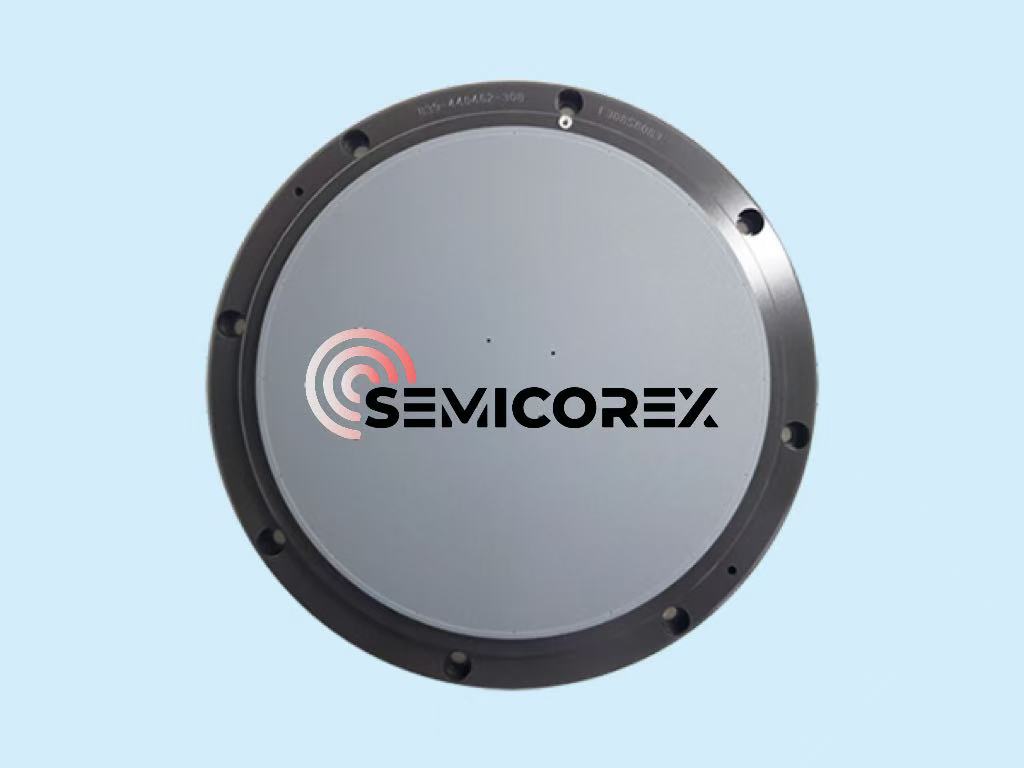
- English
- Español
- Português
- русский
- Français
- 日本語
- Deutsch
- tiếng Việt
- Italiano
- Nederlands
- ภาษาไทย
- Polski
- 한국어
- Svenska
- magyar
- Malay
- বাংলা ভাষার
- Dansk
- Suomi
- हिन्दी
- Pilipino
- Türkçe
- Gaeilge
- العربية
- Indonesia
- Norsk
- تمل
- český
- ελληνικά
- український
- Javanese
- فارسی
- தமிழ்
- తెలుగు
- नेपाली
- Burmese
- български
- ລາວ
- Latine
- Қазақша
- Euskal
- Azərbaycan
- Slovenský jazyk
- Македонски
- Lietuvos
- Eesti Keel
- Română
- Slovenski
- मराठी
- Srpski језик
Surface Treatment For High-end Electrostatic Chuck
2025-11-02
The electrostatic chuck undertakes multiple functions such as uniform electrostatic discharge, heat conduction and wafer adsorption and fixation in the field of semiconductor manufacturing. One of the core functions of the ESC is to stably adsorb wafers under extreme operating conditions such as high vacuum, strong plasma, and a wide temperature range.
What truly determines their performance is not the external structure or the base material formula, but the surface treatment process.Without professional surface treatment, the following problems will be encountered during operation:
1. Plasma erosion and metal ion contamination
Unprotected ceramic surfaces are vulnerable to plasma erosion in etching or CVD process settings.This type of erosion can directly result in the release of metal ions or the shedding of ceramic particles, thereby contaminating the wafer.
2. Uneven thermal conductivity and warpage deformation
Rough surfaces or poor treatment result in uneven contact between the wafer and the ESC, hindering heat conduction and affecting CD uniformity.
3. Unstable electrostatic adsorption
Inaccurate control of the surface insulation performance or conductivity of the electrostatic chuck can easily lead to insufficient adsorption force or excessive adsorption, ultimately directly affecting the yield of wafer processing.
The surface of high-end ESCs often adopts a composite multi-layer structure design, precisely regulating functional areas through coatings to achieve true high-performance integration.
The common surface treatment technologies of high-end ESCs:
1.Fluoropolymer non-adhesive coatings (such as PTFE and PFA)
This kind of coating is especially appropriate for low-temperature process environments because of its low surface free energy, which effectively prevents the adsorption of photoresist residues.
2. Diamond-Like Carbon (DLC) coatings
With high hardness, plasma resistance, and a low friction coefficient, they are suitable for anti-erosion and anti-particle detachment applications in etching equipment.
3. PVD conductive ceramic films (such as CrSiN and TiN)
This type of coating can construct a stable conductive path in a specific area, and thereby effectively avoid the problem of local charge accumulation by precisely controlling the uniform discharge of surface charges.
4.Composite thermal conductive coatings (such as diamond powder and fluoropolymer hybrid coating)
This kind of coating combines non-adhesive qualities with thermal conductivity, and its overall performance can precisely match the application requirements of high-precision thermal control ESC.





